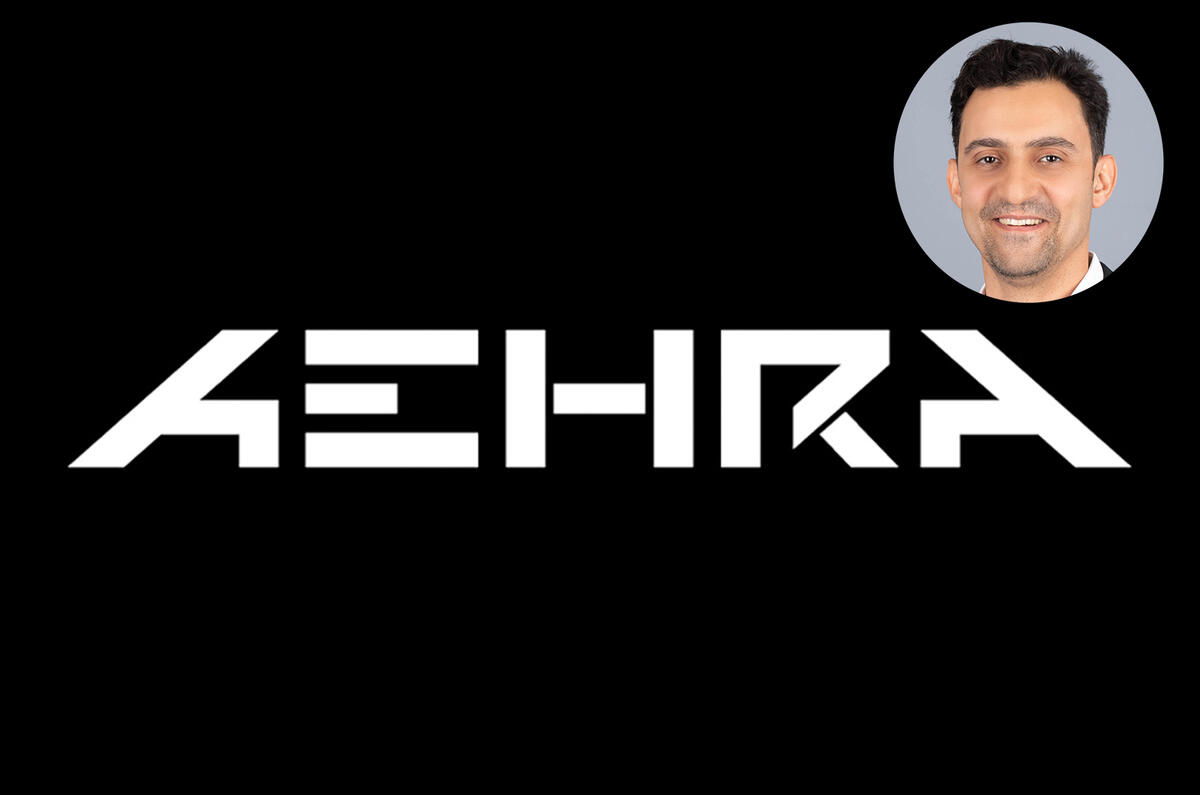Aehra is a newly formed Italian EV company that plans to shake up the "high-premium" car segment with a bold, ergonomically-focused design rethink and a new approach to retail.
It will show "95% ready" designs for its first two cars – a saloon and an SUV – in the coming months, having formed a car design 'super-group' comprising ex-Lamborghini design bosses Filippo Perini, Alessandro Salvagnin and Alessandro Serra, as well as Italdesign exterior designer Marco Quamori. They join head of purchasing and procurement Stefano Mazzetti, previously of Ferrari, and chief marketing officer Andy Abramson, a well-known figure in the technology start up community, in AEHRA's all-star senior leadership team.
In an exclusive interview with Autocar Business, founder and CEO Hazim Nada explains why now is the right time to launch and how his marque will compete with both established manufacturers and the raft of other start-ups launching to market in the coming years.
Tell us how the plans progressed in the early stages and where Aehra is now.
"The Aehra project is now about three years old. The initial idea basically evolved with me and my colleagues going into Modena's design engineering firms as consultants and then bit by bit building our own team internally.
"The idea then matured into pre‑feasibility engineering with the design by Filippo [Perini] and Alessandro [Serra], which was developed further by the other guys that we've recruited, in time.
"The main element is basically the evolution of the large-scale design of the exterior and the resulting interior space. We have now these two vehicles that are being prepared for serialisation. One is classed as an SUV, one is classed as a sedan. You will see them in a month or so. They're quite different from what's typically addressed as a sedan or an SUV."
Why launch now, and who are you taking on?
"The core of the idea is that we didn't see anybody doing this and we think it's something that has to be done. This evolution of shapes is something that electric vehicles need to have. They're still designed and thought out as internal combustion-engined vehicles in the end. You have these three-box structures, and you can pretty much overlap all the sedans in the market in terms of silhouettes today.
"So we think this has to happen. And the reason we are doing it is because we didn't see anybody else doing it. We saw this opportunity to do it because it was a natural evolution of things.













Add your comment